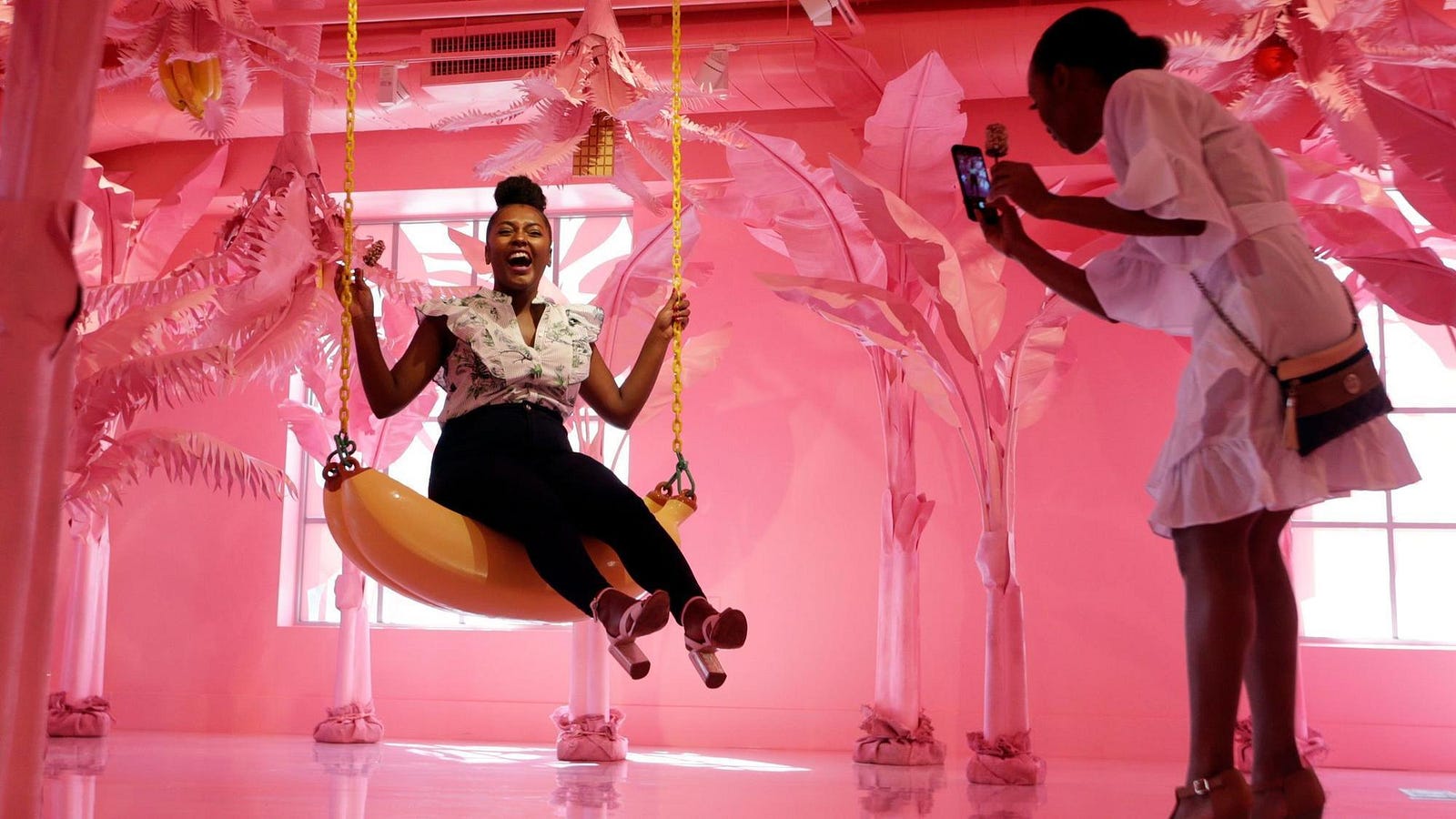
Discover quick tips to improve your marketing strategy.
#10 — Stop buying new print ads
Local newspaper ads are often limited to whoever reads it on a specific day. Take the same ad costs and you can purchase a digital ad that targets diverse audiences from local mothers to out-of-state empty nesters.
#9— Collaborate with organizations that are not museums
Museums do a great job of attracting visitor groups that already love the arts. There are other pockets of people waiting to positively engage with your museum. Go and find them. The first step starts with collaborating with fun organizations that are not directly related to your museum’s collections.
#8 — Know your number one fan
If your museum’s average visitor is a person over the age of 55, maintain that visitor group but assertively work to grow younger audiences. The best-case situation is when your main visitor groups are closely balanced (ex. 30% seniors, 40% adults, 20% kids and then 10% others).
#7 — Try a new marketing idea every year
Find an annual program (small or large) and put a different spin on it. Track the impact, whether it’s numbering print materials or getting a data report — evaluate the numbers behind the new idea.
#6 — Invite non-members to a museum event
This is an easy one. Pick a museum event and find local organizations that align with the event’s activities. It’s a successful way to gain new audiences as well as sell buy one, get one free tickets.

#5 — Invest in visual branding
There should be no reason that your popular holiday event still has the same flyer design from 5 years ago. Refresh the design of major annual events every 2–3 years. After the rebrand — create posters, stickers and others promotional items that people actually use — coasters are a good example.
Also shift away from text-heavy marketing materials. Visual content such as photos and short videos consistently get a higher audience response rate than other communication mediums.
#4— Invest in data analytics
It makes no sense to layout a new marketing plan without a clear and accurate understanding of visitor trends. Far too often, museum marketing professionals make budget related decisions based on anecdotal experiences. It’s an outdated and risky form of museum marketing.
#3— Increase your digital marketing budget
If you have never created a digital marketing budget, I would suggest splitting your overall advertising buy budget into an 80/20 split (traditional/digital). Evaluate the results and then increase digital ad buy. If you already have a digital marketing budget, I suggest moving full steam into a 40/60 split (traditional/digital).
#2— Explain marketing results to non-marketing staff members and stakeholders
Moving resources into digital marketing can be nerve racking especially when it’s easy to get stuck in “we’ve always done it this way.”
An easy way to break the cycle is to show others the impact of a marketing campaign. Use a data report to highlight the connection between event ticket sales and online ad clicks. It’s easier and more efficient than explaining how a print ad impacted an event attendance number.
#1— Protect your brand
It’s unfortunate yet common — museum logos, fonts and colors often get modified and distorted when working with outside partners. Sometimes staff members are the culprits.
As a museum marketing professional, every time your museum’s branding is randomly changed it weakens your museum’s recognition and confuses the public. Step up. Guide staff members and partners on the importance of your brand.
Share this article to make sure other data-driven museum professionals gain the best tools to make smart decisions. Facebook and Twitter posts are welcome 🙂

